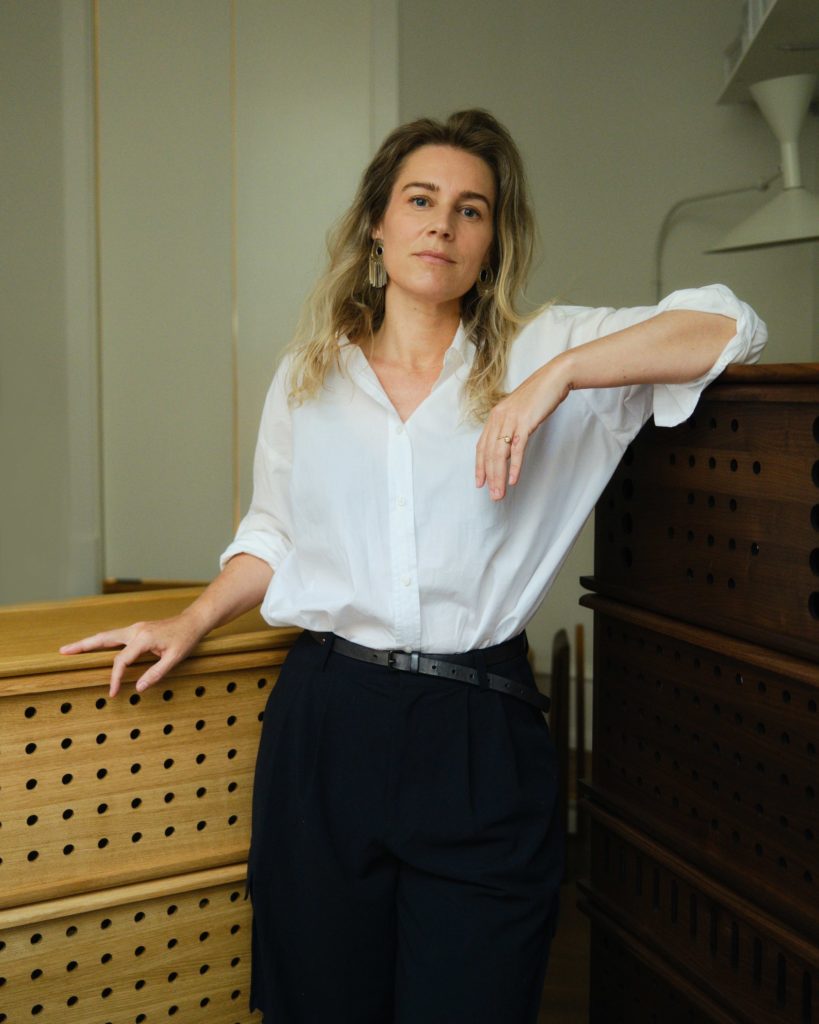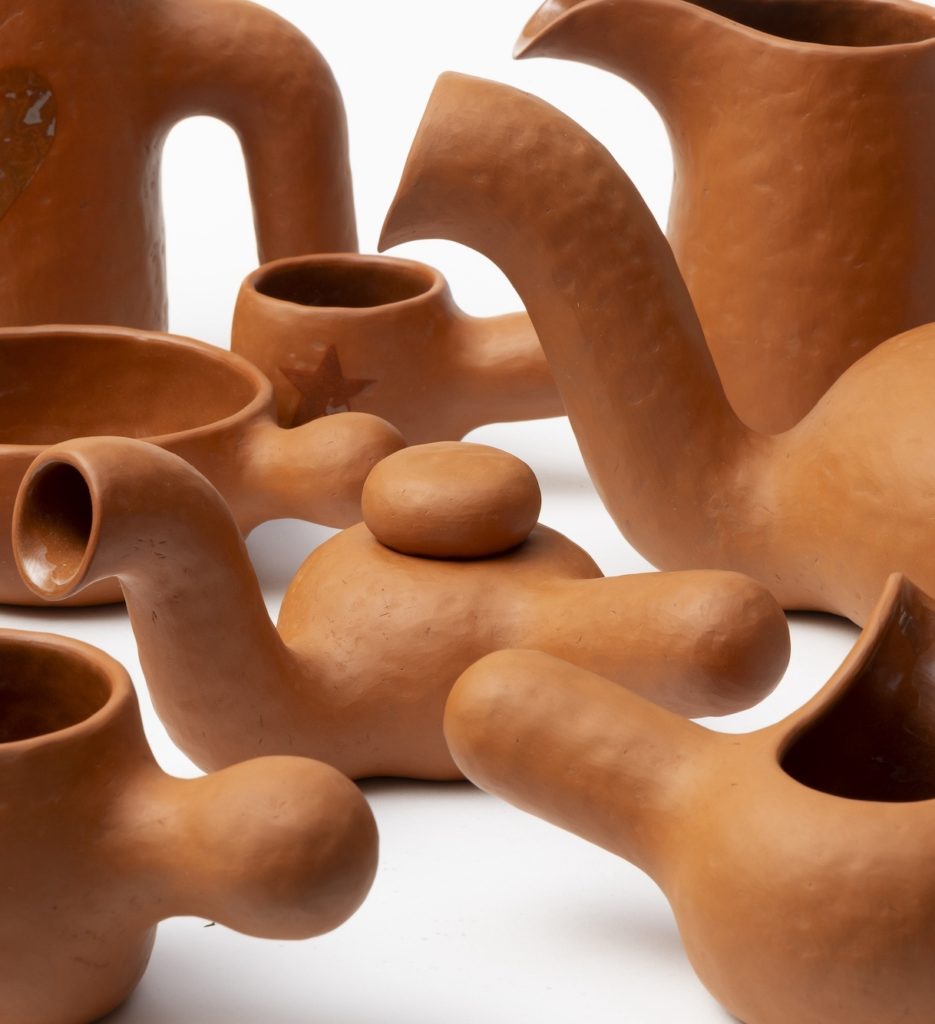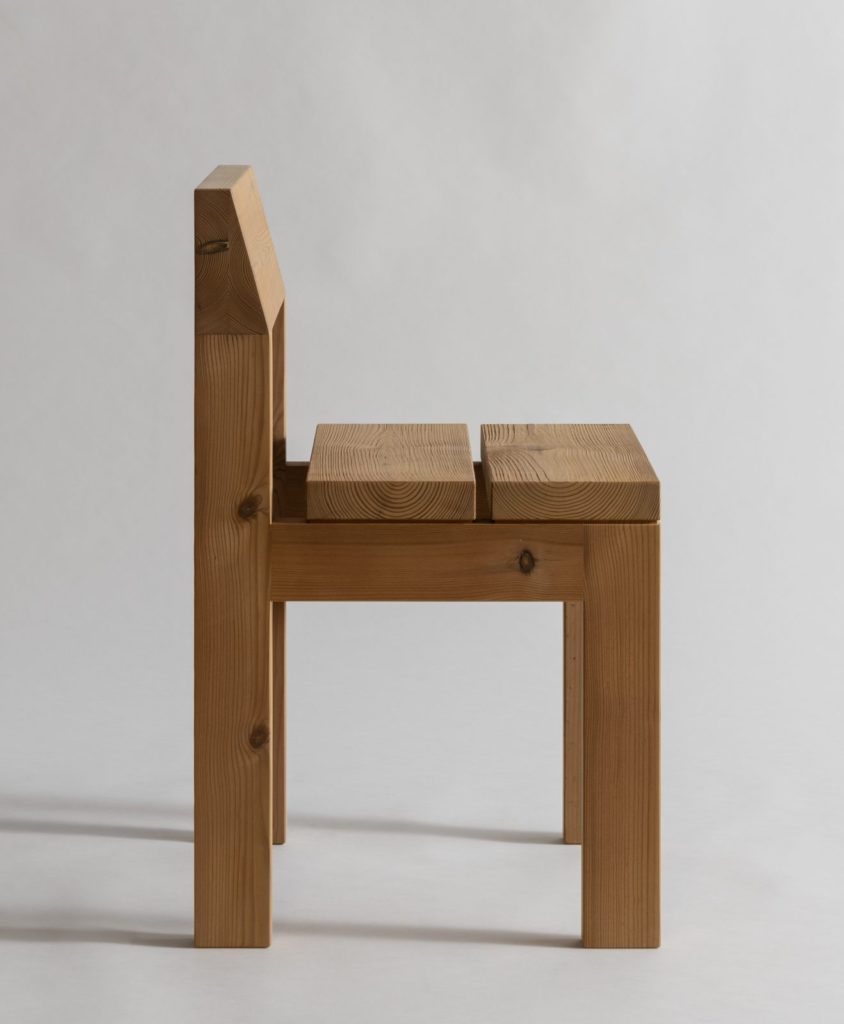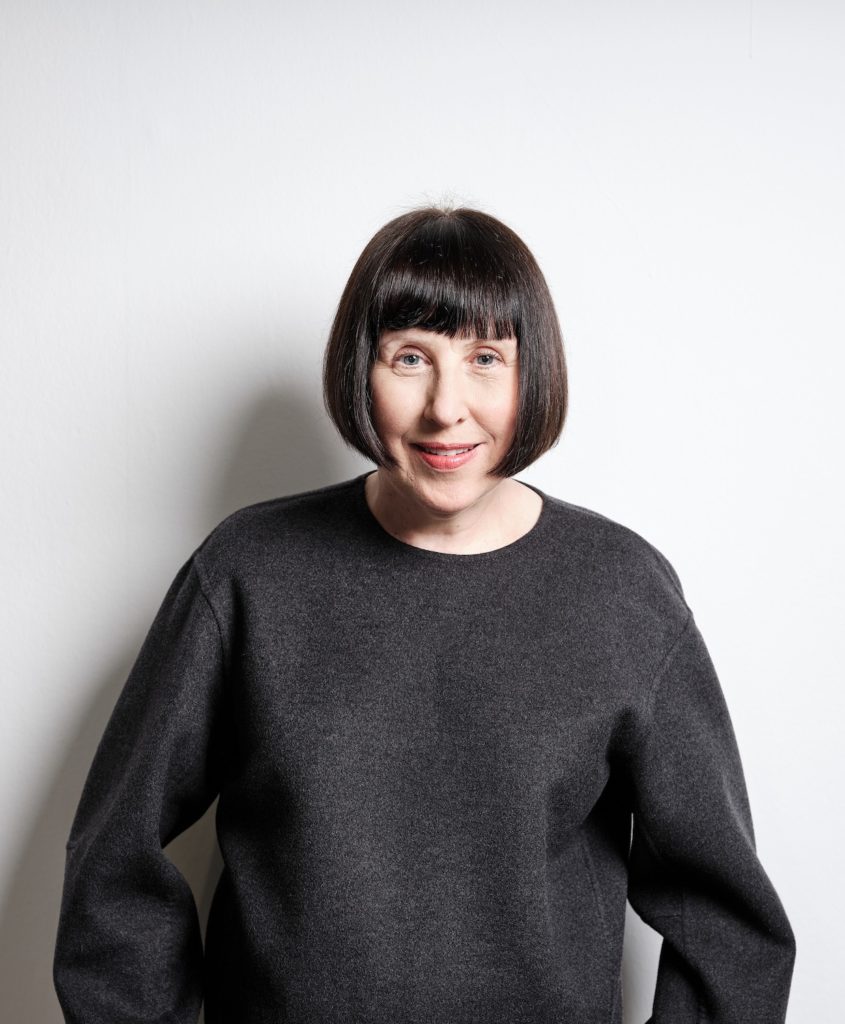Material intelligence: Why it is important to understand materials

by Grant Gibson
Why is it important to understand materials? Simply put, because if more people can grasp their performance and function, then they’ll understand how the things that surround us are made. Potentially then, they’ll learn why objects should be valued and craftsmanship treasured. If more people can grasp of that, they’re less likely to chuck stuff needlessly into landfill. They’ll buy fewer but better things and there’ll be a greater chance of climate crisis being averted.
Materials effect us in many different ways, of course. On the macro-level, for instance, wood has the capacity to define a nation economically as well as aesthetically. As author Robert Penn points out in his excellent book, The Man Who Made Things Out of Trees: ‘Some historians believe that ownership of the trees was as instrumental as taxation on tea in raising cries for political representation that brought about the American Revolution… The forest was not just a physical resource: it was also the environment where, some have argued, the dynamism of the American character was forged.’ In other words, a material played a role in one of the most monumental events in American history.
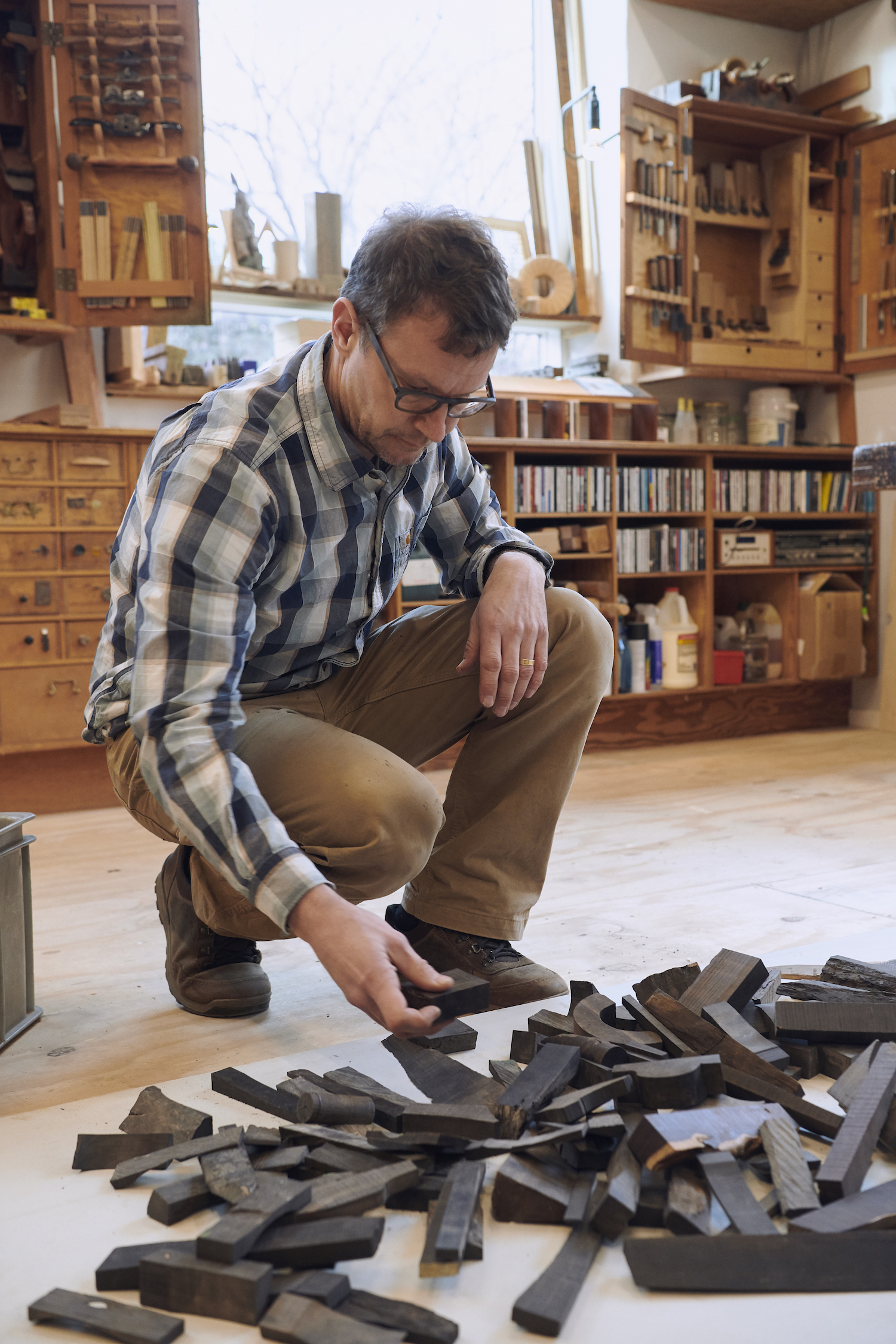
On the micro-level, it can also profoundly influence people’s working lives. Wood runs through the DNA of Rasmus Fenhann’s family. His paternal grandfather was a carpenter, and his great-grandfather a cooper. Interestingly though, it took a little while for the craftsman to settle on his material of choice. “I’m quite broad in my interests,” he tells me, as we settle down over coffee in his studio, located in one of Copenhagen’s more industrial areas. “I was fascinated with computers when I was young.”
At school he did some work experience with an advertising agency, spending time in the graphics department. His life changed though when he designed a work bench for his computer. “As I built the desk I found out that I really wanted to learn more about how to make it,” he explains. “As I was studying the trade, I found out it was a calling. I discovered that I had some talent and that I could make almost anything I wanted. Then I realised that the process of making was the most important.”
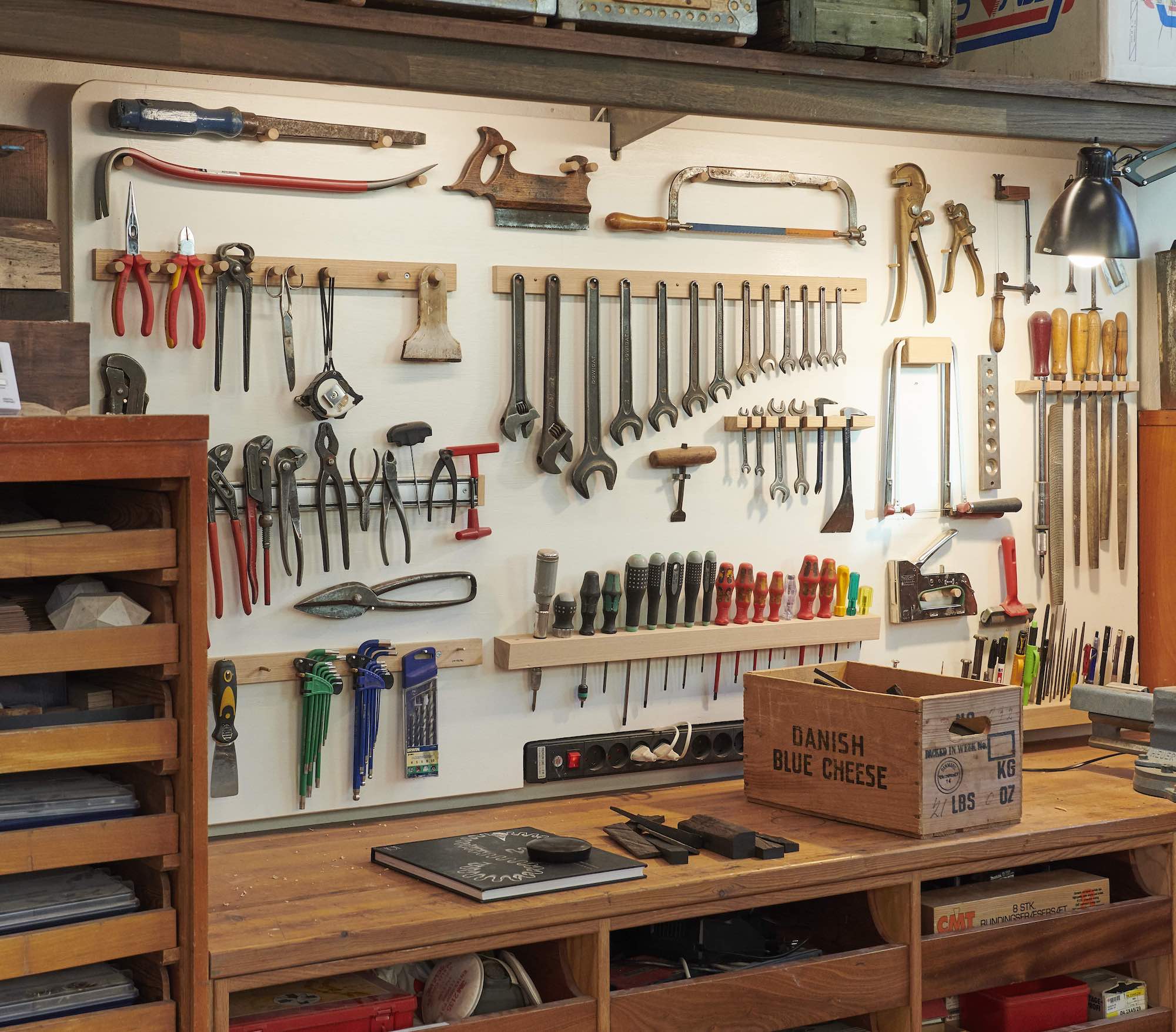
Initially, Fenhann trained as a cabinet maker before studying furniture design at The Royal Danish Academy. “I have both educations,” he says. “Good furniture should be high quality craftsmanship and high functionality with high aesthetic value. The best design has all those three qualities and I try to keep those three levels as high as I can.” Nosing around his workshop, it is instantly clear that he has gleaned a lot of inspiration from Japanese craftsmanship over the years. A little display area contains a number of beautifully light, wonderfully precise shelves, tables and lights.
They are in stark contrast to the piece featured in last year’s The Mindcraft Project – the Ebano cabinet (so called because of the Ebony timbers it’s made from) looked as though it had been hewn directly from a rock face. Ebano, it transpires, served a rather different purpose. “It’s not typical of my work,” he admits. “Over the years I’ve done projects to explore the material and techniques. They are a way for me to sharpen my skills.” The cabinet came about after he was given off-cuts from another maker’s workshop. “He passed away and his daughter donated the wood to me,” he explains. “So I feel like I inherited the wood and also I saved it from being used for bad work,” he says.

Devoting yourself so assiduously to a single material almost inevitably creates a streak of perfectionism. And perhaps it’s telling that Fenhann has never worked with industry throughout his career. You suspect he’s not one to make the kind of compromises designers occasionally must to reach a wider market or leave the making to others. However, he is beginning to see some possibilities. When he left university in the ’90s, the market was interested in what he describes as ‘high tech and chrome’, but currently things are changing; the industry is shifting. “The mindset of the furniture industry is moving in my direction,” he asserts. “I’ve been here all the time. I’m very sustainable. I make long-lasting furniture in a renewable material.”
It’s a fascinating prospect but, in the meantime, we have a retrospective to look out for at Maria Wettergren later in the year. I’d get it in the diary now because this is a designer imbued with a sense of material intelligence.
Grant Gibson is a UK-based design, craft and architecture writer. Gibson was previously editor of Blueprint and Crafts magazines, and his work has been published in The Observer, The Guardian, Daily Telegraph, FRAME and Dwell. In 2019, he launched the critically acclaimed podcast series Material Matters with Grant Gibson.
